Can temporary veneers cause me pain? That's a common question people ask before getting them, and it's entirely reasonable. After all, preparing teeth for veneers often involves grinding them down a little. Temporary veneers can't block heat or other substances as well as ceramic crowns, either, so it's reasonable to worry about them causing pain.
Here's what you should know about whether temporary veneers can give people pain and your options for dealing with it.
Why Might Temporary Veneers Be Necessary?
As the name suggests, temporary veneers are a short-term protection while your dentist prepares a long-term solution for your teeth. In most cases, temporary veneers are used to keep your teeth safe while a laboratory manufactures permanent veneers to the dentist's specifications.
What Is Involved In The Procedure?
The exact procedure varies slightly, but it's based on your teeth's current status and what the dentist needs to do to prepare them. So it may differ from the procedure described below.
In most cases, however, applying temporary veneers starts with a deep cleaning of the teeth involved. This is different from regular surface cleaning and involves cleaning your teeth down to their roots. This helps eliminate surface stains and prepares your tooth for the rest of the process.
After your tooth is clean, your dentist will use a shade guide to determine the best colour (or, occasionally, colours) of veneer to create. This information goes to the lab creating the permanent veneer.
Once that information is in-hand, dentists usually remove the enamel's surface layer to prepare your tooth for the veneer. This typically involves removing up to 0.3 mm of the surface material. However, in some cases, dentists can place temporary veneers without removing the surface enamel.
Putting temporary veneers on without taking out some enamel can lead to teeth feeling strangely bulky, though, and many people prefer to do this earlier in the process. Once the teeth are ready, your dentist will place the temporary veneer and finish up the treatment.
Why Might Temp Veneers Cause Pain?
So, what's going on when temporary veneers cause pain? In most cases, this pain is indirect. The veneer itself shouldn't be in contact with any nerves, so it can't directly stimulate your sense of pain.
Instead, the pain usually occurs if the temporary veneer doesn't completely protect your tooth, or if you eat something a little too rough for it. For example, particularly hot foods may transmit heat through the veneer and into your less-protected tooth.
In rare cases, temporary veneers may also cause pain if they're placed incorrectly and end up tugging at your teeth when you eat. This is not a common issue, but it can happen at times.
Regardless of the cause, talk to your dentist immediately if you experience significant pain while wearing your temporary veneers. They may recommend that you try to control the pain with over-the-counter pain relievers like aspirin. Alternatively, your dentist may wish to repair or replace the temporary veneer.
Either way, this pain is temporary because the veneers themselves are also temporary. One way or another, your dentist will fix it for you.
Preventive Measures
Pain is not especially common while wearing temporary veneers, but you can take a few preventive measures to help reduce the chance of it happening.
- Avoid Hard Foods: Try to avoid eating anything crunchy, like french bread, popcorn, or hard candy. These can put a lot of pressure on the veneer, leading to it tugging on your tooth or even popping off entirely.
- Avoid Sticky Foods: Sticky food like caramel and taffy can hurt your teeth by pulling the veneer away from it. Temporary veneers aren't nearly as secure as crowns or permanent veneers, so do whatever you can to avoid sticky foods.
- Avoid Hot/Cold Foods: Room-temperature foods are the best choice when you're wearing temporary veneers. Anything that's unusually hot or cold, such as freshly brewed coffee or ice cream, is more likely to trigger a painful reaction.
The best foods to eat when you have temporary veneers include fish, bananas, pasta, eggs, and softer canned foods.
Sources and References
- [1]
-
[2]
Anterior Veneer Restorations - An Evidence-based Minimal-Intervention PerspectiveJournal of Adhesive Dentistryhttps://pubmed.ncbi.nlm.nih.gov/33825424/
-
[3]
A Study on Provisional Cements, Cementation Techniques, and Their Effects on Bonding of Porcelain Laminate VeneersThe Journal of the Indian Prosthodontic Societyhttps://pmc.ncbi.nlm.nih.gov/articles/PMC3935056/
-
[4]
Research Progress and Clinical Application of All-Ceramic Micro-VeneerMaterialshttps://pmc.ncbi.nlm.nih.gov/articles/PMC10141096/
All sources accessed and verified on . Medical information reviewed for accuracy and compliance with current guidelines.
Related Articles
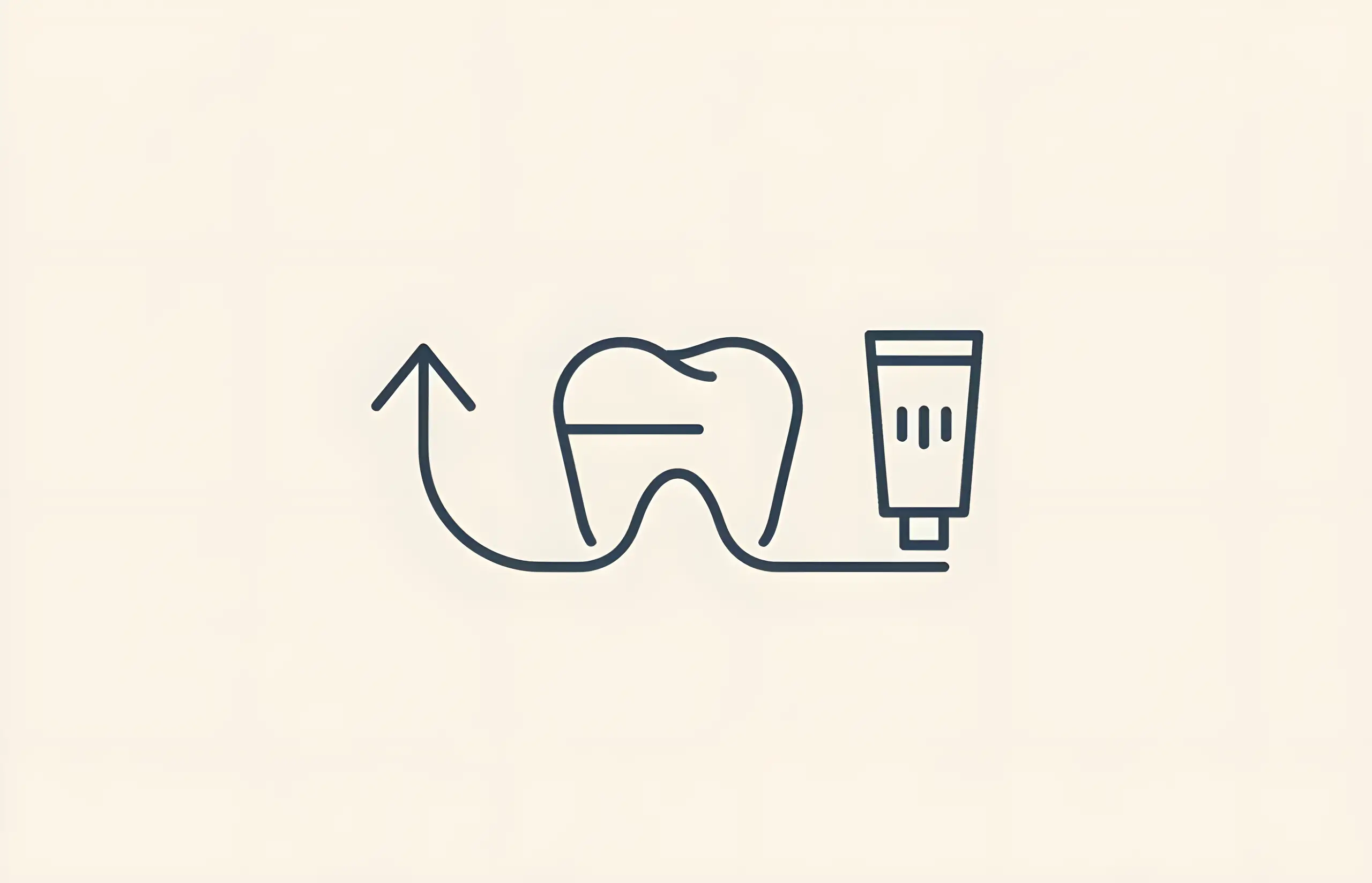
Choosing the Best Toothpaste for Veneers
Comprehensive guide to selecting toothpaste for veneers, understanding RDA values, avoiding abrasive ingredients, surface roughness concerns, and proper oral care techniques

Can You Whiten Veneers?
Comprehensive guide to veneer whitening, why porcelain veneers resist bleaching, stain removal options, color matching strategies, and maintenance tips

A Guide to Composite Resin Veneers
Comprehensive information about composite resin veneers, including their uses, procedure, longevity, and how they compare to porcelain veneers
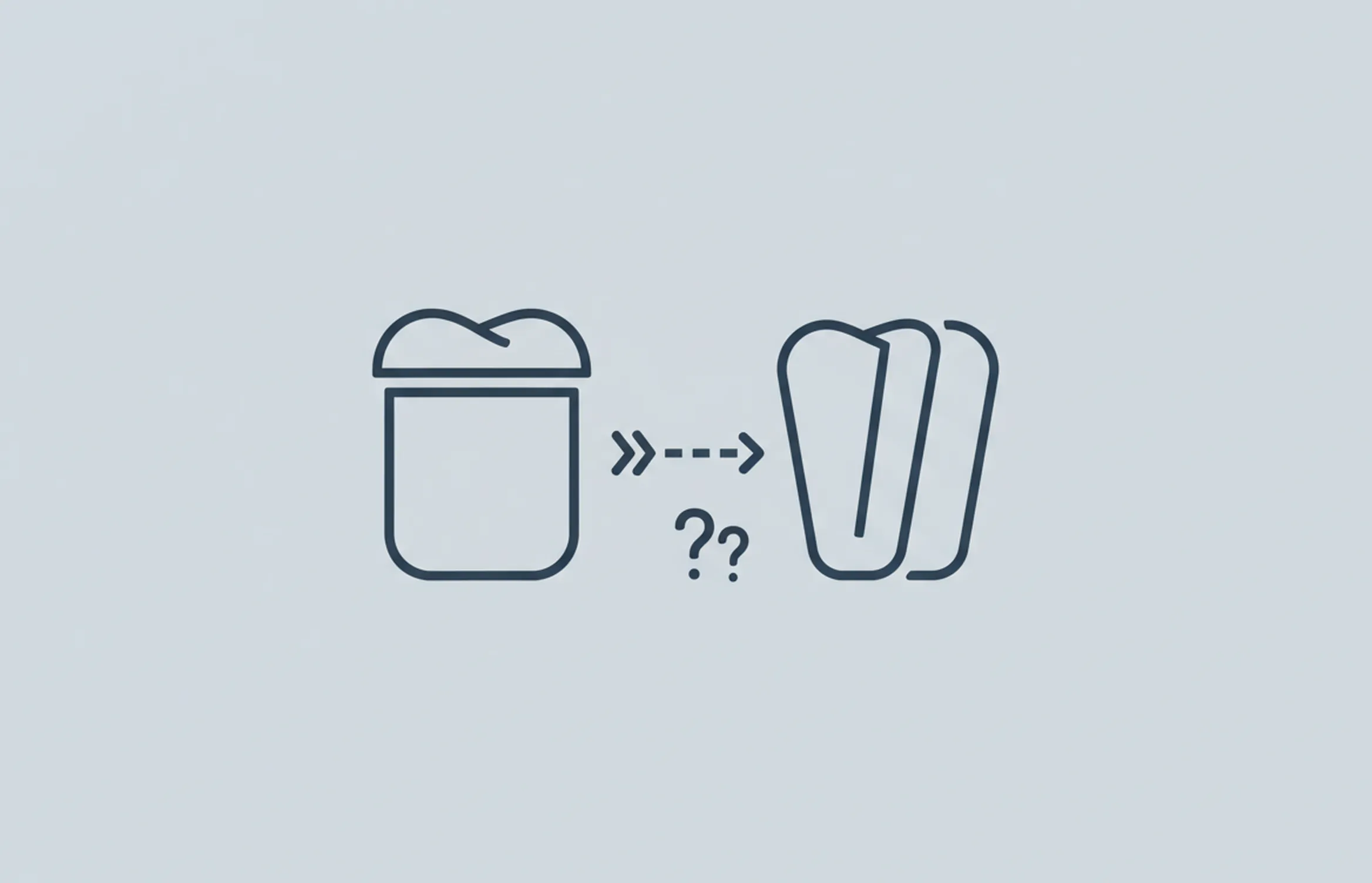
Should You Get Crowns or Veneers for Your Front Teeth?
Comprehensive guide comparing dental crowns and veneers for front teeth, including materials, uses, preparation requirements, longevity, and cost considerations

Should You Get Crowns or Veneers?
Comprehensive guide to choosing between dental crowns and veneers, including clinical indications, contraindications, insurance coverage, and decision criteria for optimal treatment outcomes
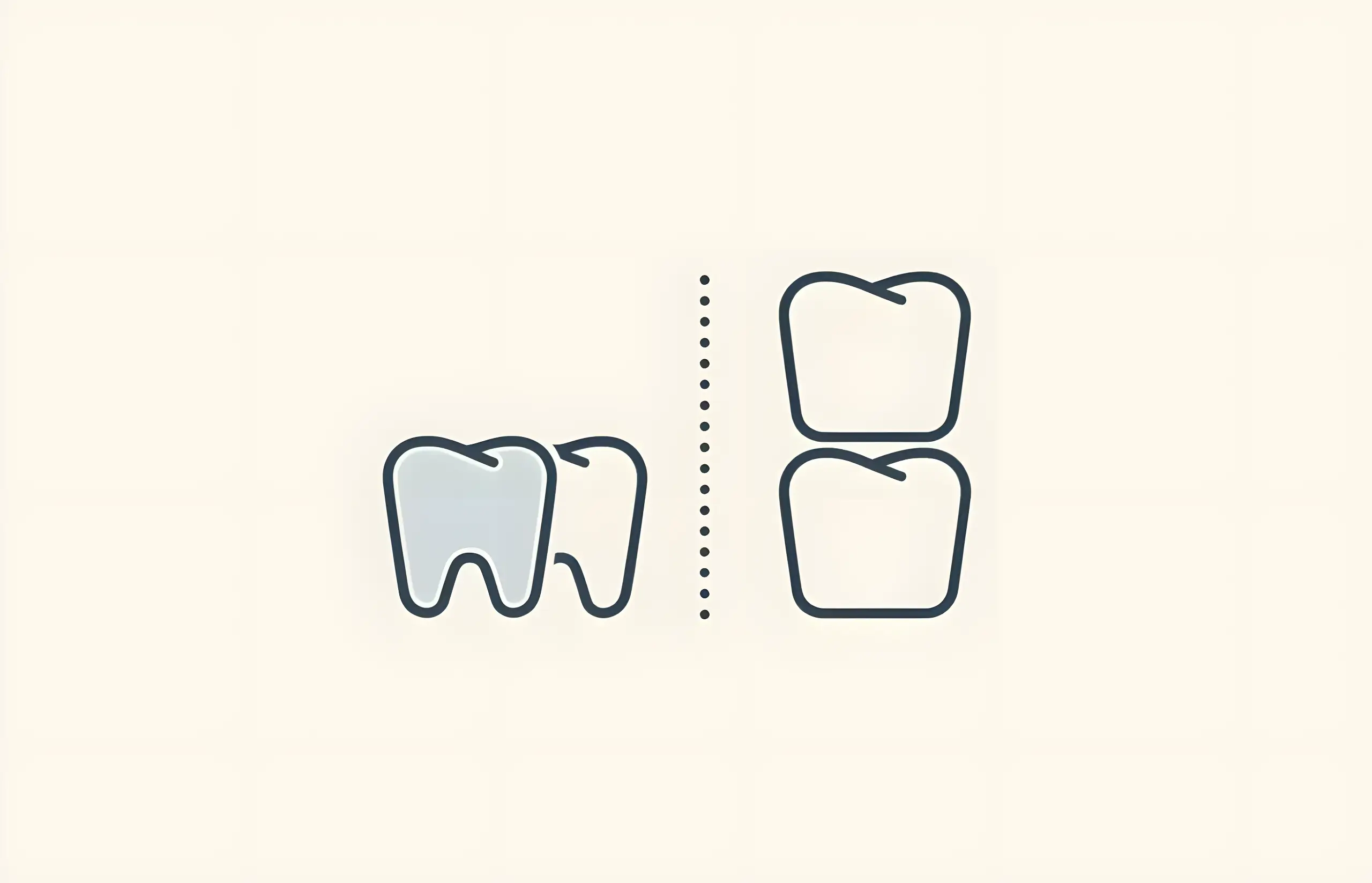
Dental Veneers – Before and After Pictures
Comprehensive guide to dental veneers transformation results, patient satisfaction rates, aesthetic outcomes, smile makeover success, and clinical evidence from before and after studies
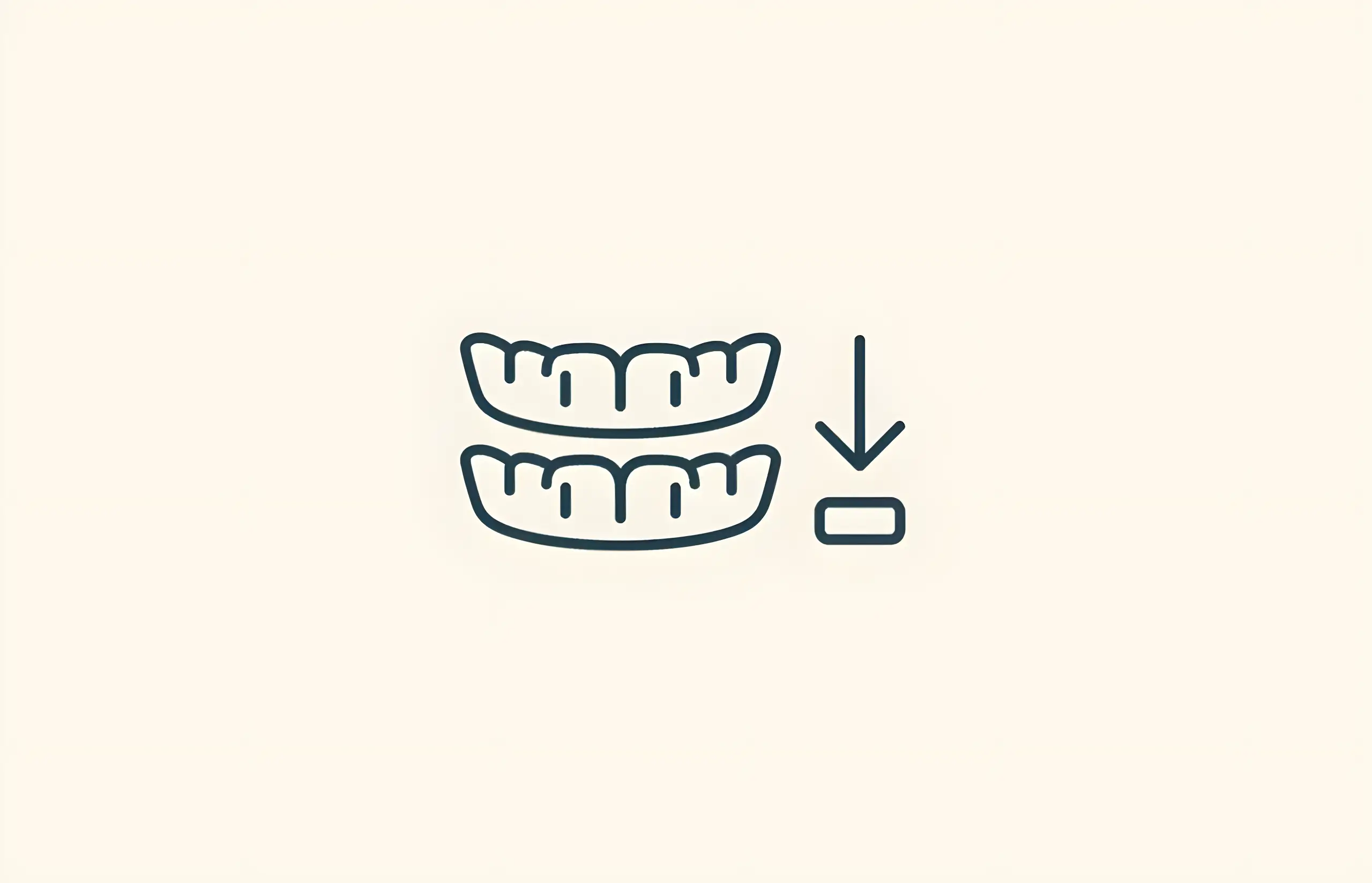
Do It Yourself Veneers – Removable Veneers For Your Teeth
Comprehensive guide to DIY removable veneers (snap-on, clip-on veneers) including costs, risks, user satisfaction rates, safety concerns, and comparison with permanent dental veneers
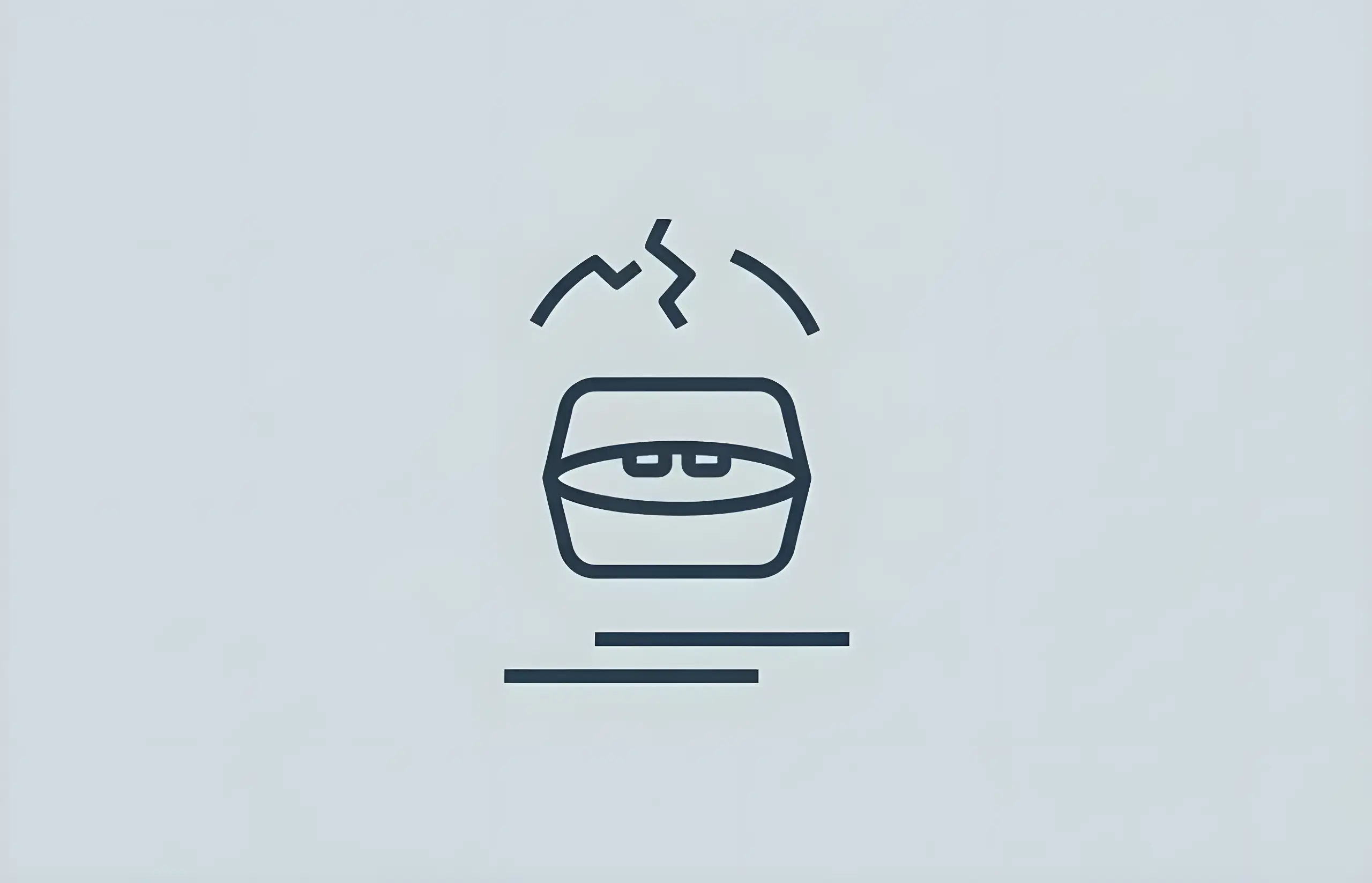
Do Temporary Veneers Look Bad?
Complete guide to temporary veneer appearance, materials (PMMA, bis-acryl), aesthetic outcomes, patient satisfaction, complications, and what to expect during the provisional phase

Eating With Veneers
Complete guide to dietary considerations with veneers including foods to avoid, staining resistance (coffee most problematic), fracture risk, care tips, and maintaining your investment
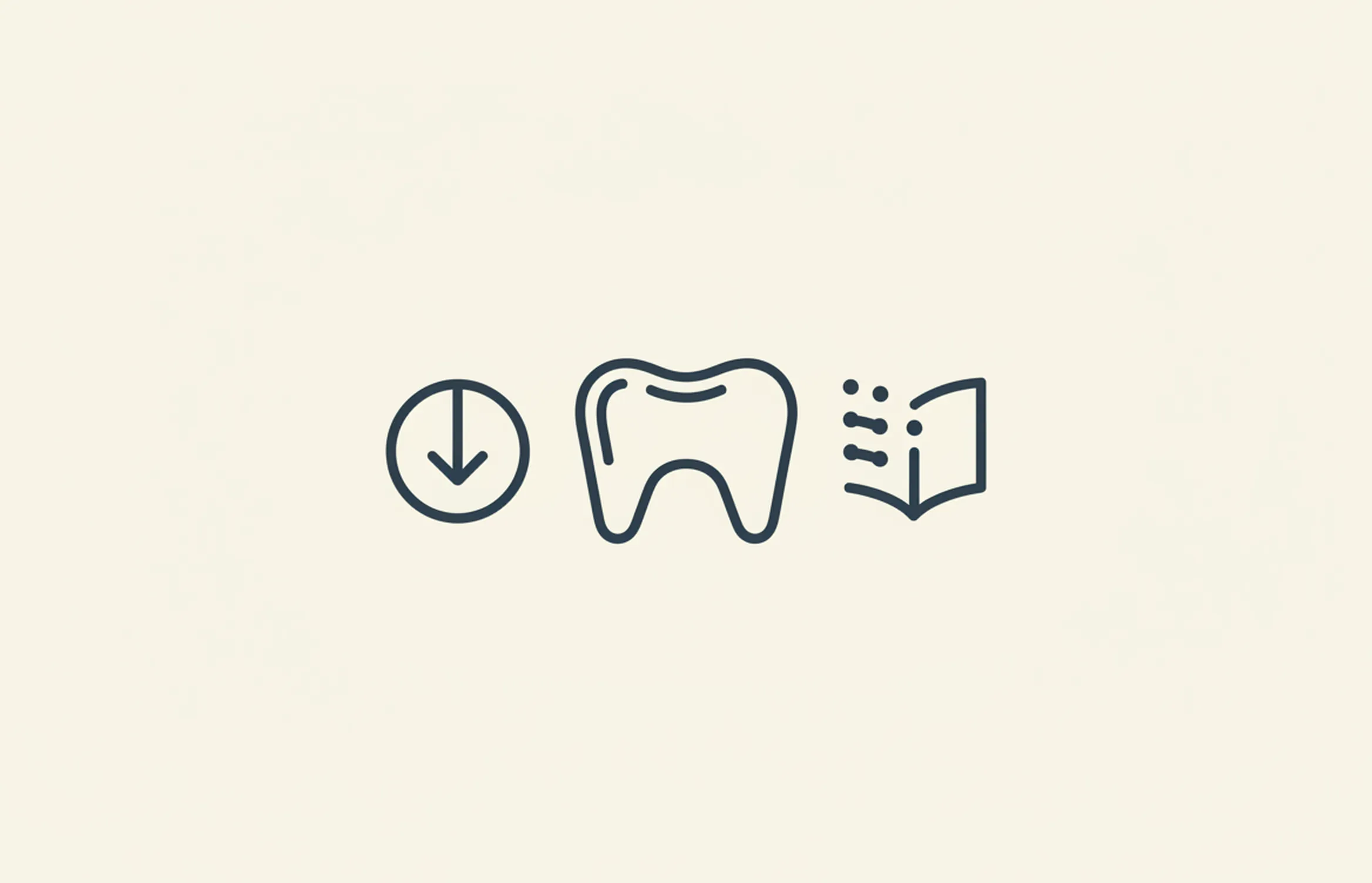
Instant Veneers – Costs and Information
Complete guide to instant veneers including prefabricated composite veneers, how they work, costs, and comparison with traditional porcelain veneers
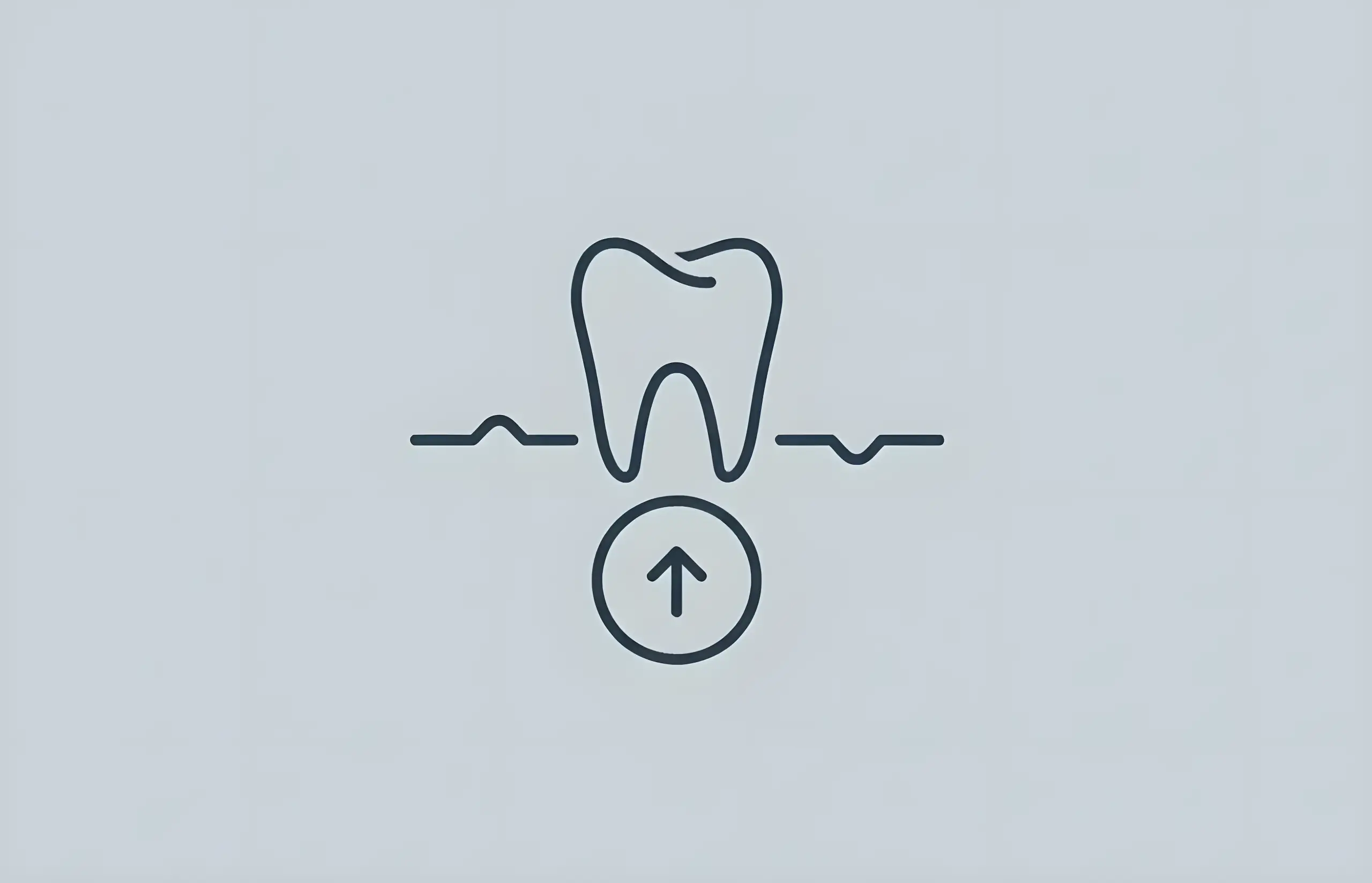
How Much do Lumineers for Teeth Cost?
Comprehensive guide to Lumineers costs including pricing factors, no-prep procedure advantages, Lumineers vs traditional veneers, treatment process, longevity, and cost-saving options
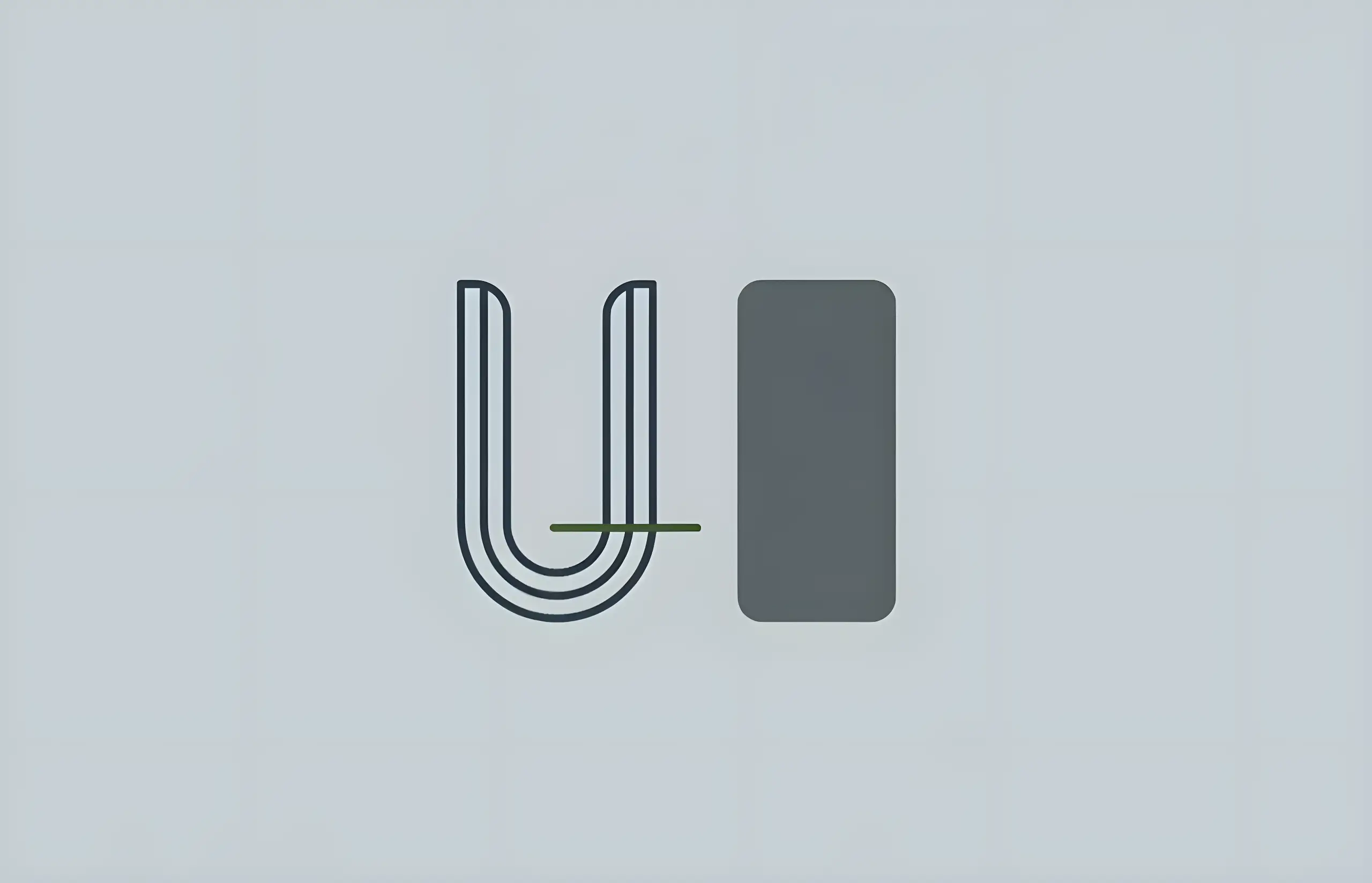
Lumineers vs Porcelain Veneers
Comprehensive comparison of Lumineers and traditional porcelain veneers, including differences, costs, longevity, and which option is best for your smile

No Prep Veneers – Costs and Information
Complete guide to no-prep veneers including Lumineers and Vivaneers, covering costs, benefits, who can have them, and how they compare to traditional veneers
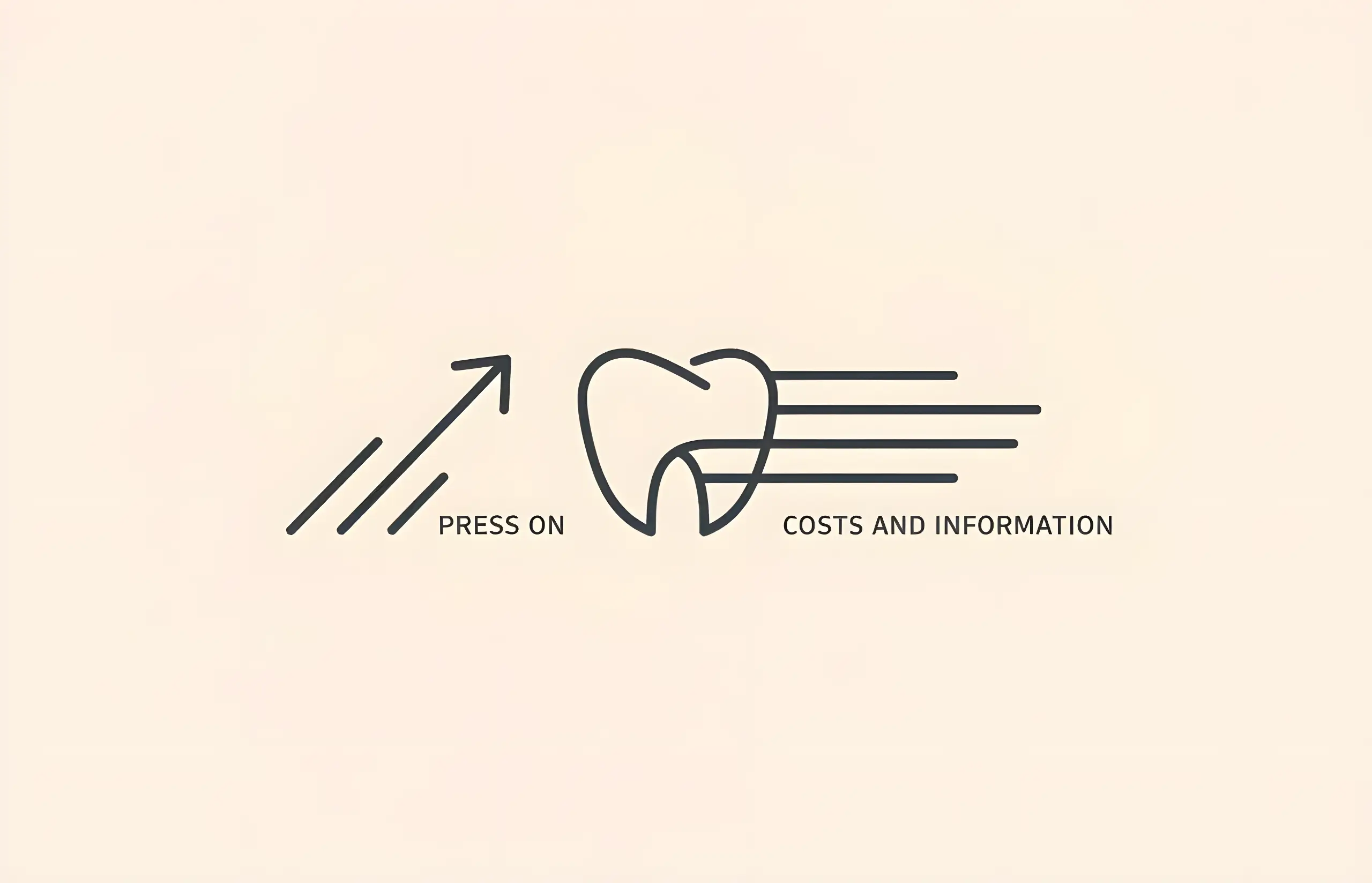
Press On Veneers – Costs and Information
Learn about snap-on veneers including costs, how they work, longevity, care instructions, and whether they're a worthwhile alternative to permanent veneers
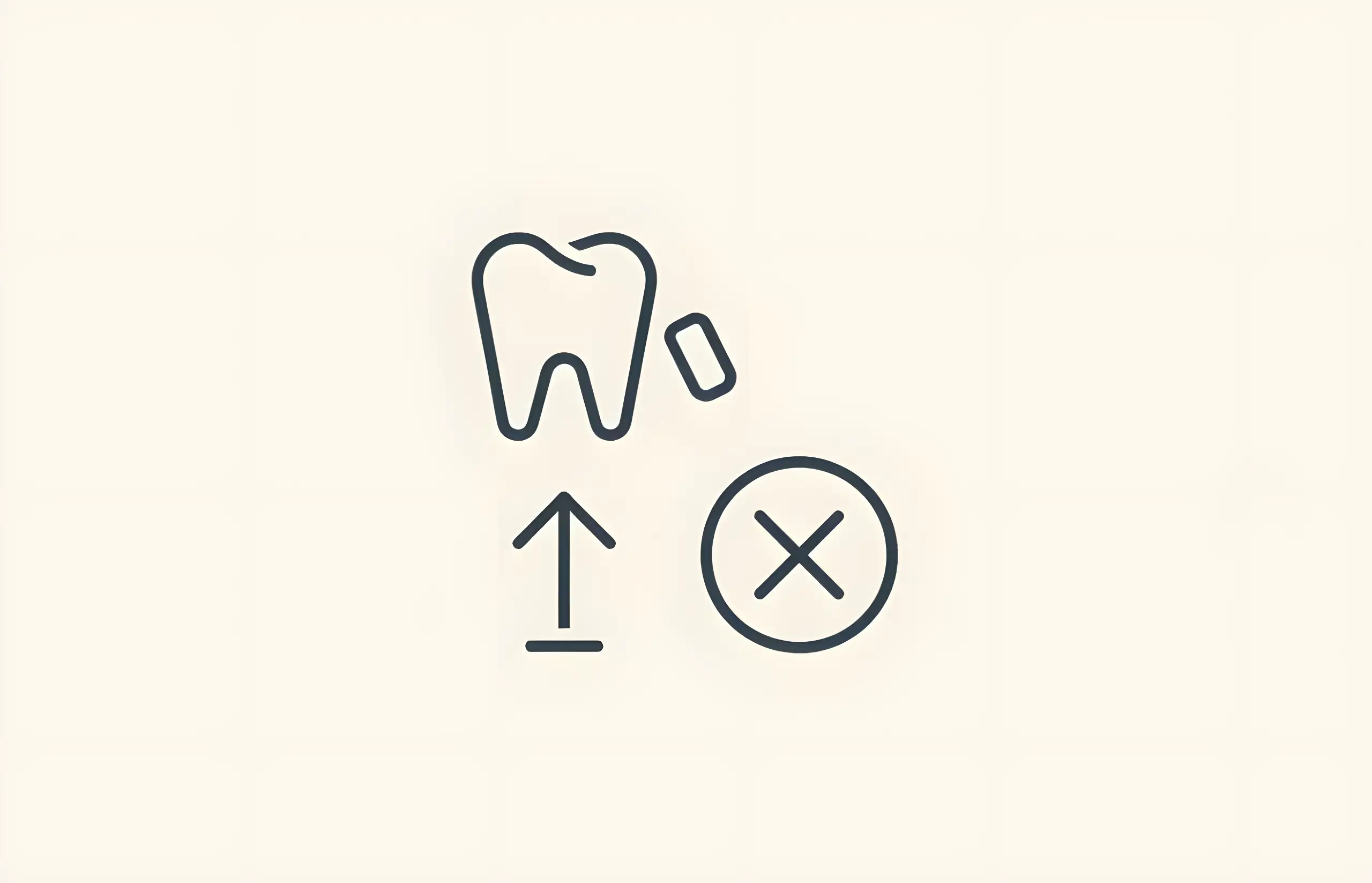
What To Do If Your Temporary Veneers Are Falling Off
Essential guide to protecting temporary veneers: what they are, foods to avoid, and when to see a dentist if they become loose or fall off
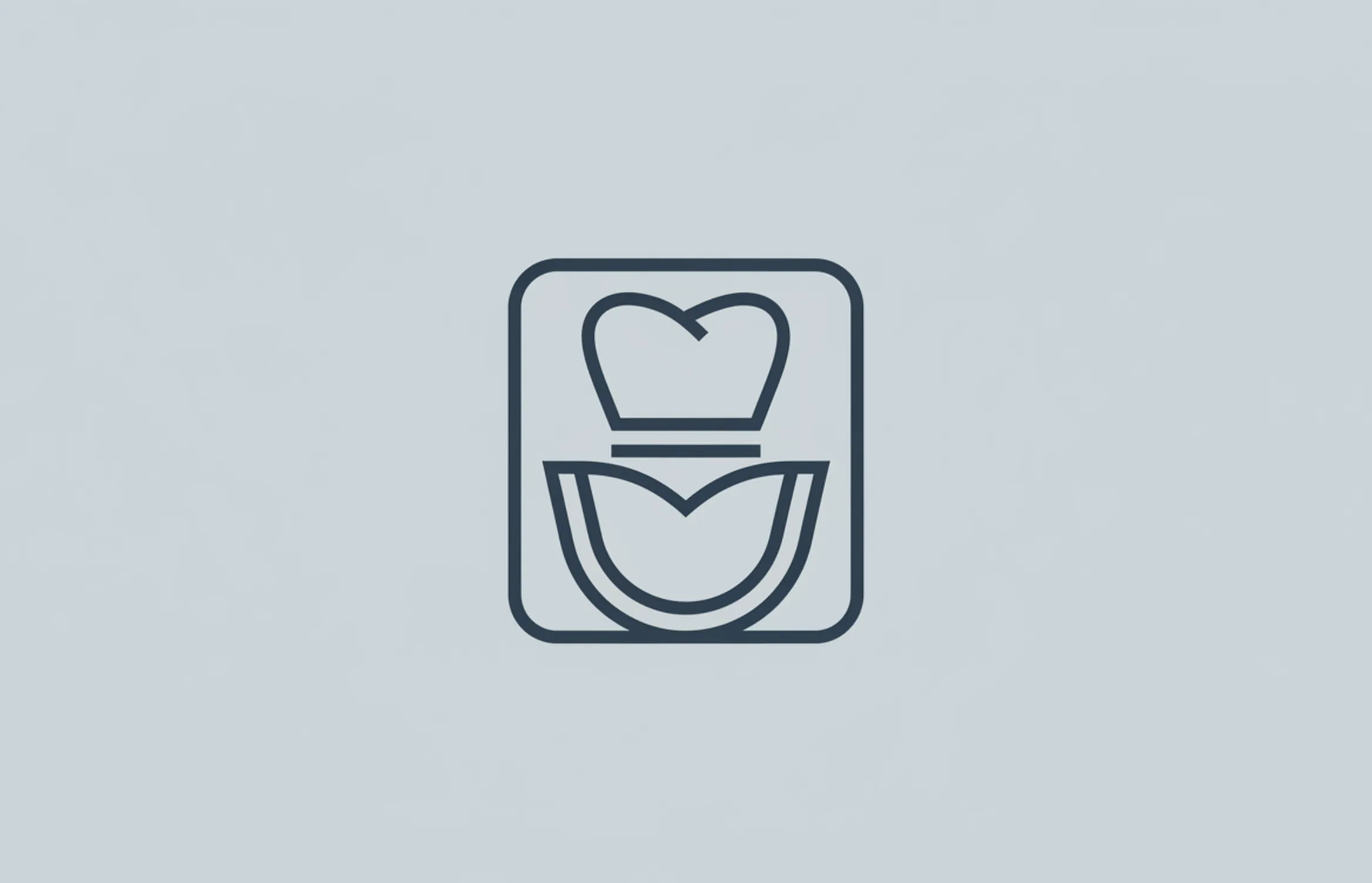
Can You Put Veneers Over Crowns?
Comprehensive guide to placing veneers over crowns, why it's generally not recommended, bonding challenges, crown survival rates, and alternative treatment options

What Can't You Eat with Veneers?
Learn about dietary restrictions for veneers including foods to avoid with temporary and permanent veneers, staining risks, and tips for protecting your investment
About The Dental Guide
The Dental Guide is a trusted online resource providing evidence-based information about dental health, treatments, and procedures. Our content is created and reviewed by qualified dental professionals to help you make informed decisions about your oral health.
Our Mission
- Evidence-based dental information
- Expert-reviewed content
- Clear, accessible explanations
- Latest treatment options
- Patient-focused guidance
Editorial Standards
- GDC-registered dental professionals
- Peer-reviewed sources
- Regular content updates
- Medical accuracy verification
- Transparent authorship
Important Notice
The information on The Dental Guide is for educational purposes only and should not replace professional dental advice. Always consult with a qualified dentist for diagnosis and treatment recommendations tailored to your individual needs and circumstances.
Medically Reviewed
Reviewed by Dr. Nasim Mechoui , BDS (Bristol)
Share this article
Comments & Discussion
Have questions about dental implants? Share your thoughts or experiences.
